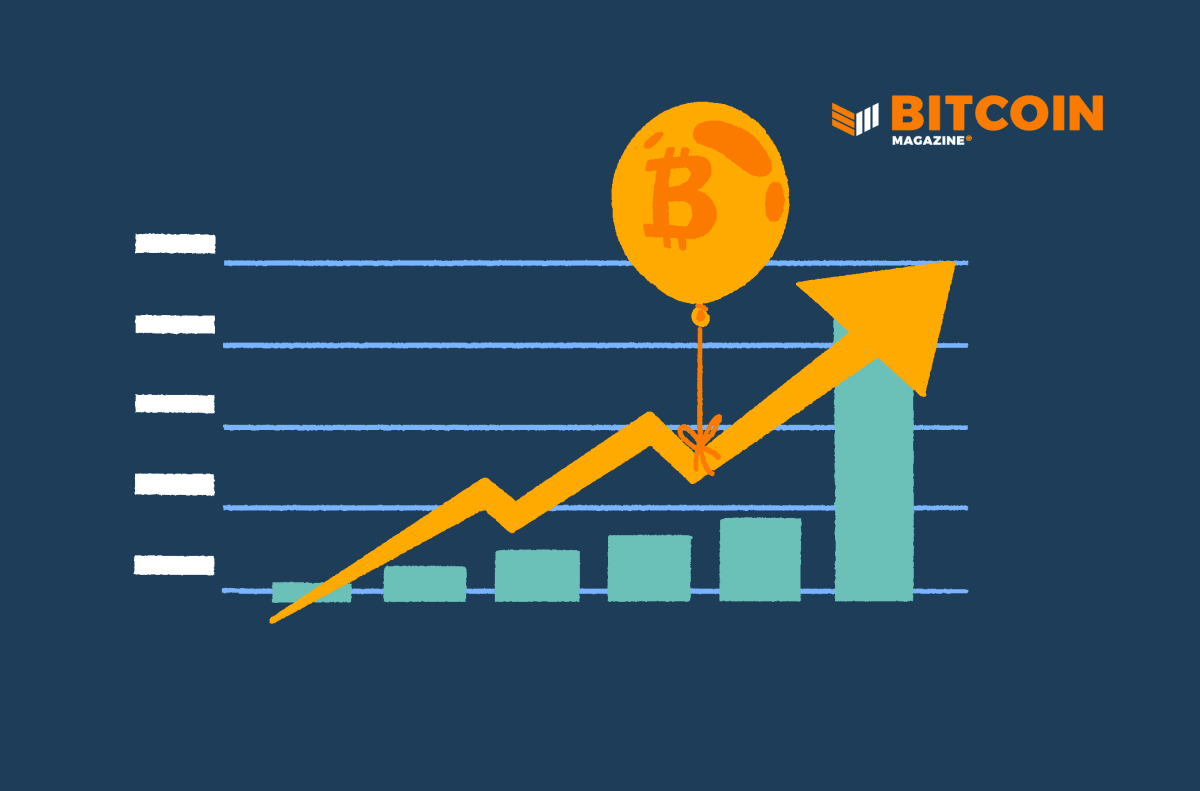[ad_1]

This is a recording of a recent Twitter Spaces conversation about broken credit markets, runaway inflation and why we need to fix the current financial system.
Listen To The Episode Here:
Dylan LeClair: For the last 40 years, it seems like the bubble, as this duration component unwinds and as that long date risk-free rate goes way, way higher or has gone way higher, that the 60/40 portfolio pensions with those kind of the LDI (liability-driven investing), where they were using those long-dated bonds as collateral, it seems like that’s maybe the breaking point.
Like maybe that happens in the U.S., maybe not. But if long-dated Treasurys are trading like shitcoins, there’s some pretty big implications there in terms of how the overall financial system is constructed. So the question I propose is: Although we really haven’t seen the credit risk really in corporate land or at the sovereign level, I think that the thing that gets really interesting is if central banks are supposedly reducing their balance sheet, supposedly going to continue to hike rates, when does the credit risk rapidly get priced in versus what we’ve already seen, which was the duration unwind?
Greg Foss: Great question. The short answer is no one ever knows. The reality is that new issues reprice markets. And since there hasn’t really been any new issuance in the high-yield land, you can argue that the re-pricing hasn’t occurred.
There’s secondary market trading, but if you bring a big new issue — like let’s take this Twitter example. Twitter is not going to be sold into the secondary market. The $13 billion of debt that Elon took on that was funded by the banks is gonna stay on the bank’s portfolios because if they did have to sell it into the secondary market, the banks themselves would lose about half a billion dollars, which is to say the yield that they proposed — pricing the debt at for Elon and locked in with a commitment — is no longer a market yield, so they’d have to sell it down at least 10 points, which they don’t want to do. Their load to take that mark-to-market loss, so they’re gonna hold it on their balance sheet and “hope” that the market rebounds. I mean, I’ve seen that before.
If you remember in 2007, a famous quote by Chuck Prince, the CEO of Citibank, was on the LBOs (leveraged buyouts) of the day. He’s like, “Well, when the music’s playing, you gotta get up and dance.” Well, knucklehead Prince about three months later, came to really regret that statement because the Citibank was saddled with so much unsellable paper.
That’s the situation with Twitter, meaning they’re not forcing those bonds into the secondary market, which means the secondary market won’t have to reprice all sorts of CLOs (collateralized loan obligations) and leverage product, but it’s gonna dribble that way, Dylan, it’s gonna start dribbling that way.
It’s not a crisis like subprime, per se. What it is is a crisis of confidence. And the confidence is a slow bleed versus a subprime default or the realization that structured product like the Lehman Brothers situation, or excuse me, it wasn’t Lehman, it was a Bear Stearns hedge fund that blew up on subprime mortgage debt. That was the canary in the coal mine that just started everything; that was the repricing of the secondary market in 2007. Where are we today? We are in a situation, as you mentioned, that the 60/40 portfolio has just been decimated. Back in 2007, the Fed was able to cut rates and bonds rallied because yields were — if memory serves — right around where they are today. There was room for the Fed to cut.
It wasn’t trading at 1.25 or even 25 basis points, which is where the Fed has come from to the current 3.25%. There was room for them to cut rates to provide a buffer; bond prices rise, yields fall, as everybody knows. There was a buffering effect there, but we don’t have that luxury right now.
As you mentioned, that 60/40 portfolio: worst performance in a hundred years. The NASDAQ has never been down double digits with long bonds being down double digits in the same quarter. Why? Well, the NASDAQ’s only been around since 1970-something, and long bonds have never lost double digits in the last 50 years. They have if you go way back to the depression, if I remember correctly.
The point is the 60/40 portfolio has experienced the worst drawdown in probably close to a century. And Lyn Alden laid this out really well. In terms of a capital destruction number, I think something like $92 trillion of wealth has been vaporized in our battle with inflation this cycle. Compare that to the 2008 timeframe when there was only about $17 trillion of wealth that had been vaporized. We’re talking orders of magnitude larger. We’re talking about a USA debt spiral where 130% government debt to GDP doesn’t leave you with a lot of room.
[ad_2]
Source link

Comments are closed.